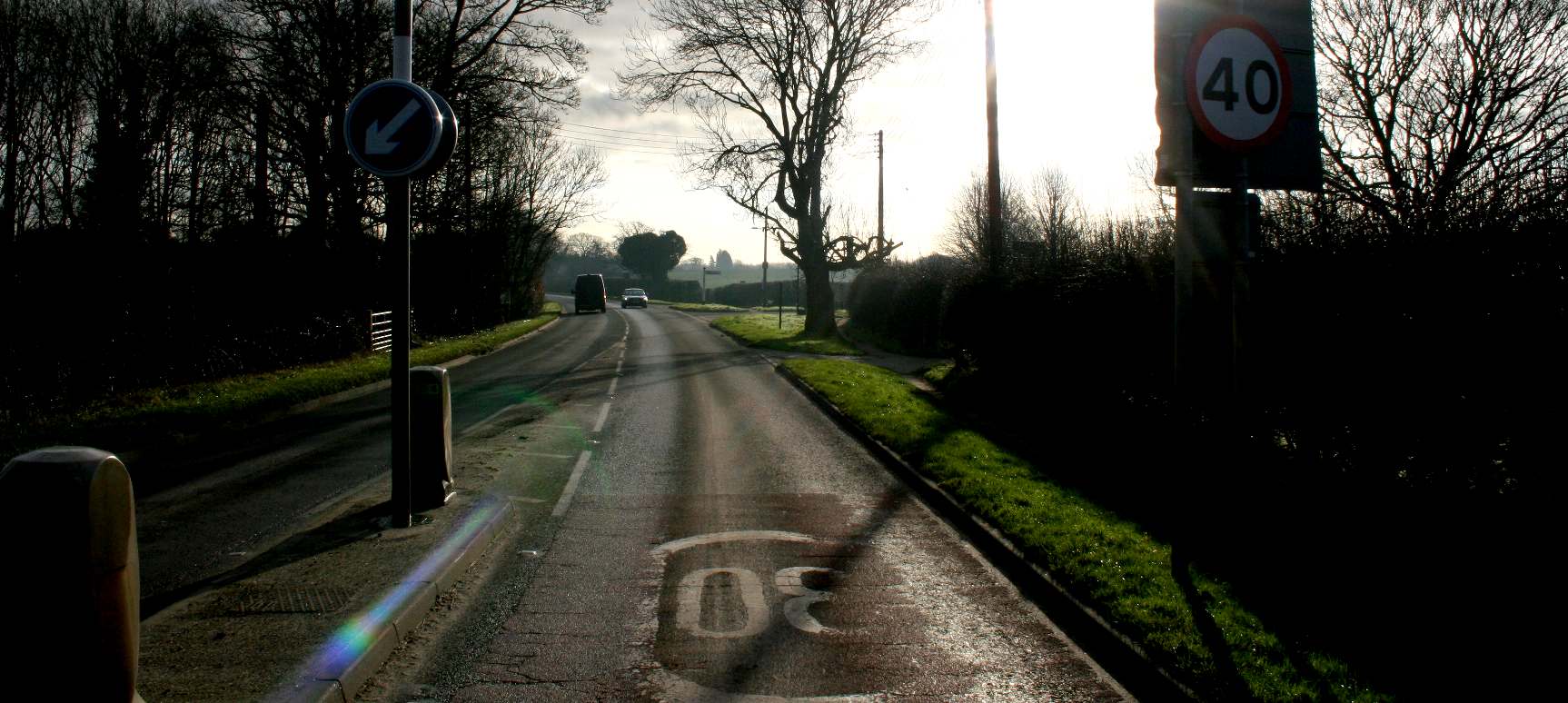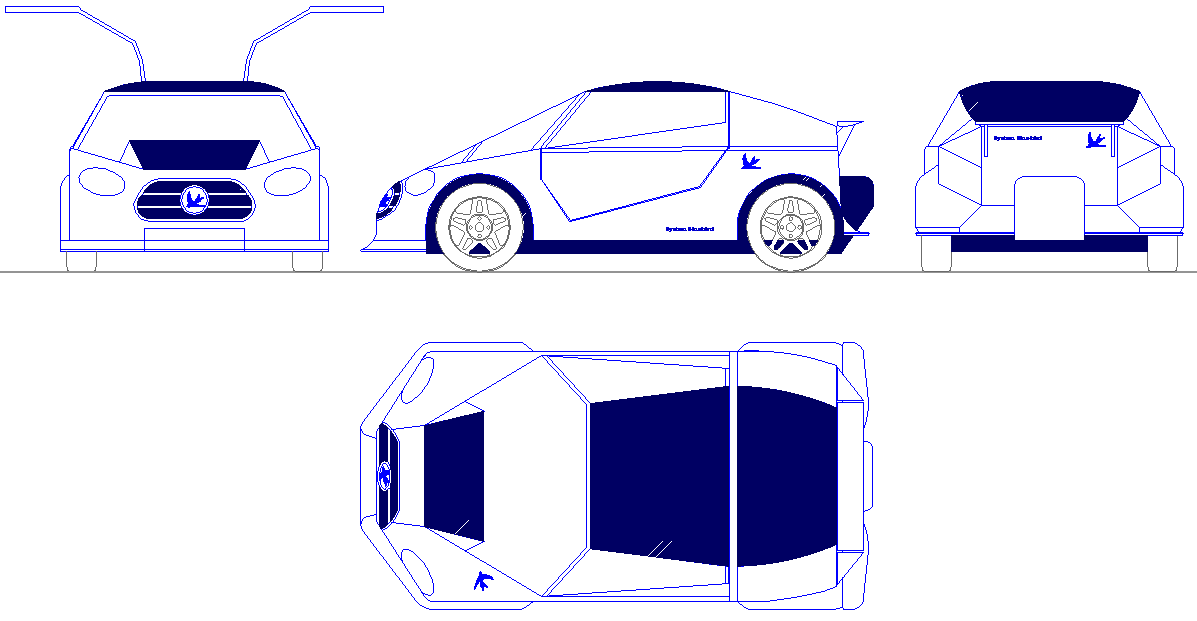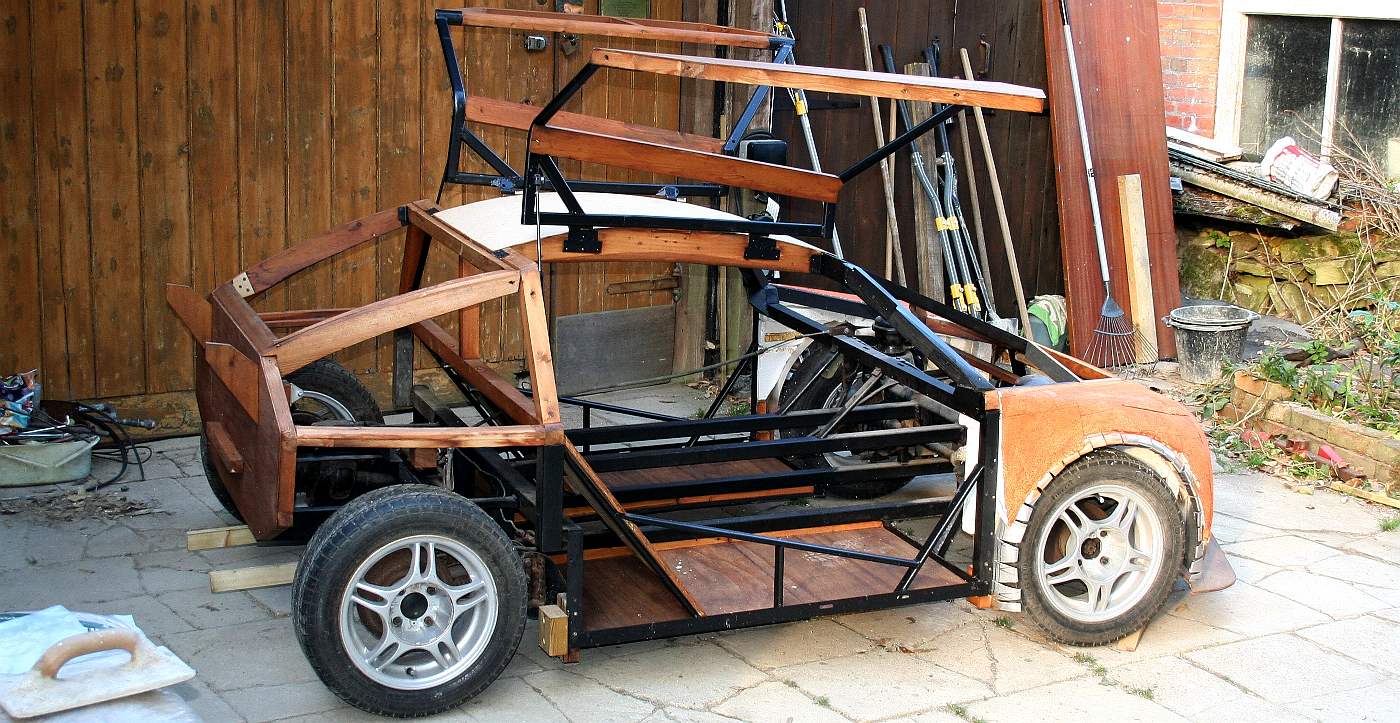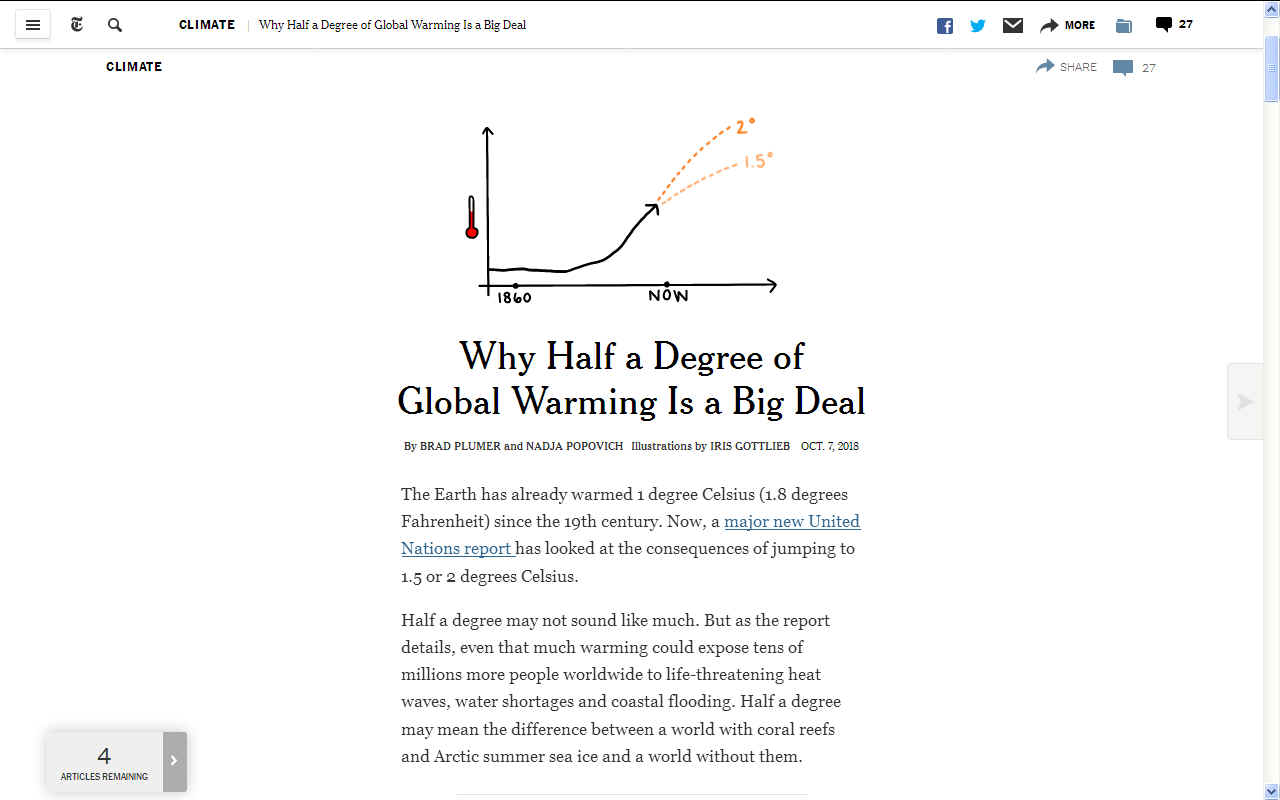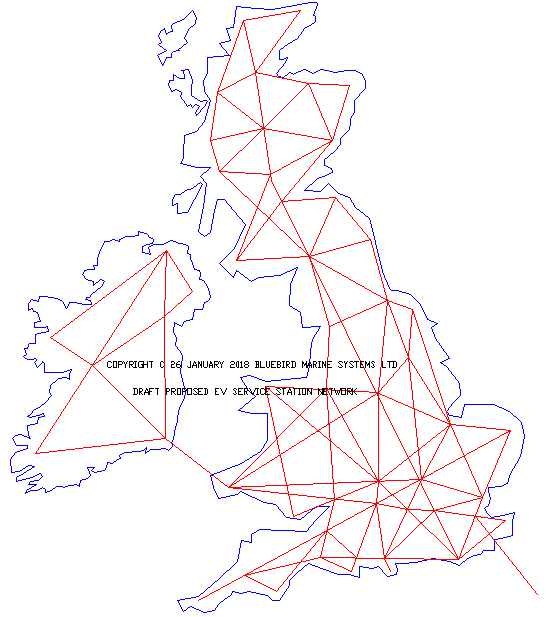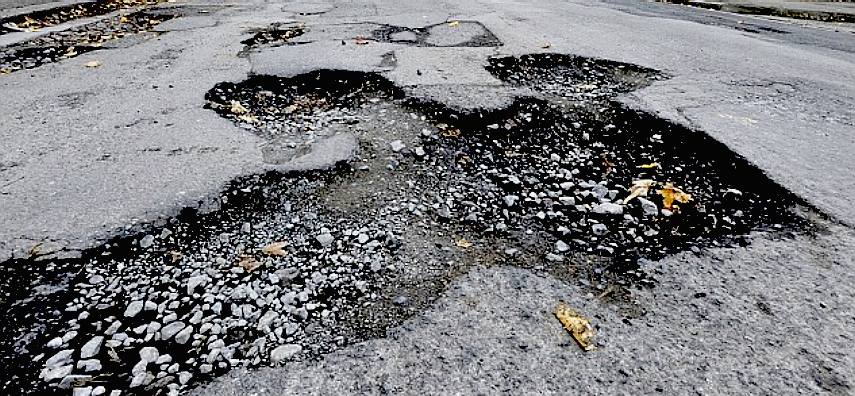|
NELSON KAYE - CONSERVATIONIST
AUTOMOTIVE A TO Z CHARITY CONTACT EVENTS HOME SITE INDEX
INTEGRATION
- We need a low cost infrastructure to supply clean energy for the
transport network of the future.
Nelson
Kaye (Kay) is a visionary, a proponent of zero carbon motoring and affordable
zero carbon housing in the interests of reducing global warming. These
objective are Sustainable
Development Goals of the United
Nations as per: SDG SDG13,
SDG17. For
many years now he has been building vehicles, the latest of which is the
Ecostar (DC50 & DC200), a gull-wing
city car that is encompasses battery cartridge exchange where the exchange
system is built in to the vehicle, enabling the vehicle to swap its own
cartridge on any patch of level ground. This is an important link in the evolution
of an all electric infrastructure, also future proofing against battery
technology advances, where current designs for EVs are soon to be dinosaurs
in Nelson's
opinion. ECO
CAR - The challenge for the ECOSTAR DC50 (Direct Current motors and 50kW)
special, is to reduce the long standing 80 second recharging world record, to
less that 30 seconds. We know it is possible to get this down below 10
seconds. This may become a project for mechanical engineering students in the
future, though we suspect that the 200kW version will be more their cup of
tea. In
his capacity as a volunteer for the Cleaner
Ocean Foundation he uses an i3
BMW, an electric car that could have
included such a feature along with solar panels to take advantage of any free
energy from nature. The BMW is a great car and a major advance for EV
enthusiasts or those who want to stop using petrol
and diesel vehicles by way of their contribution
to creating a circular
economy. GULL
WING - This incredibly compact electric cars features gullwing doors and
when fully loaded, four wheel drive and 300hp (200kW), making it potentially
one of the fastest electric road cars. In the quest for affordable clean
energy (SDG7)
cars like this could be the way, especially for sustainable cities as per SDG11.
Copyright
photograph © July 5 February 2017. You will need the permission of the
Cleaner Ocean Foundation to be able to use these pictures, except for educational
use and private study. Thankfully,
in the UK, internal combustion
engines are to be outlawed by 2040. But as yet there is no comprehensive
plan to provide the energy
network that will be needed to replace the fossil fuel network of filling
stations that we rely on at present. This is a matter of some concern, where
the Dti and other Enterprise agencies are putting out calls for proposals with
a % percentage contribution from the European
Union Horizon
2020 (H2020) programme, signaling that the Government
in control of the country has no plan whatsoever to achieve their objectives
other than relying on steerage from calls and filtration of ideas that come
into the frame. You may agree that this is a worrying situation, agreed that
politicians are neither visionaries or engineers. CLIMATE
CHANGER - We need an infrastructure for EVs or other zero carbon vehicles
for sustainable global development. It would be worth all of the United
Nations countries working together on this problem as per SDG17.
Copyright
photograph © July 5 February 2017. You will need the permission of the
Cleaner Ocean Foundation to be able to use these pictures, except for educational
use and private study. NEW
YORK TIMES - GLOBAL
WARMING OCTOBER 2018 The Earth has already warmed 1 degree Celsius (1.8 degrees Fahrenheit) since the 19th century. Now, a major new
United Nations report has looked at the consequences of jumping to 1.5 or 2 degrees Celsius. Half a degree may not sound like much. But as the report details, even that much warming could expose tens of millions more people worldwide to life-threatening heat waves, water shortages and coastal flooding. Half a degree may mean the difference between a world with coral reefs and
Arctic summer sea ice and a world without them. An additional half-degree of warming could mean greater habitat losses for polar bears, whales, seals and sea birds. But warming temperatures could benefit Arctic
fisheries. Extreme heat will be much more common worldwide under 2°C of warming compared to 1.5°C, with the tropics experiencing the biggest increase in the number of “highly unusual” hot days. The Mediterranean region is expected to see “particularly strong increases in dryness” in a 2°C world compared to a 1.5°C world. A half a degree of warming could be significant for small island nations, which are particularly vulnerable to sea level rise and other climate change impacts. Global crop yields are expected to be lower under 2°C of warming compared to 1.5°C, especially in sub-Saharan Africa, Southeast Asia, and Central and South America. The report from the Intergovernmental Panel on
Climate Change, compiled by hundreds of scientists from around the world, warns that these dangers are no longer remote or hypothetical. Nations have delayed curbing their greenhouse gas emissions for so long that warming of 1.5 degrees Celsius (2.7 degrees Fahrenheit) is now all but inevitable. At current rates of warming, the world will likely cross the 1.5 degree threshold between 2030 and 2052, well within the lifetime of most adults and children alive today. And 1.5 degrees is a best-case scenario. Without an extremely rapid, and perhaps unrealistic, global push to zero out fossil fuel emissions and remove carbon dioxide from the atmosphere, 2 degrees Celsius (3.6 degrees Fahrenheit) or higher this century looks more likely. Each time the
Earth heats up an extra half-degree, the effects aren’t uniform across the planet. Some regions, such as the Arctic, will heat up two to three times faster. The
Mediterranean and Middle East regions could see a 9 percent drop in water availability at 1.5 degrees of warming and a 17 percent drop at 2 degrees, according to one major study cited in the report. “If you’re looking at this one region, which is already
water-scarce today and sees a lot of political instability, half a degree makes a really big difference,” said Carl-Friedrich Schleussner, the head of climate science and impacts at Climate Analytics and the lead author of that study. “It’s a good reminder that no one experiences the
global average
temperature.” The odds of extreme weather events like severe heat waves or powerful rainstorms also don’t go up uniformly with an extra half-degree. The number of extremely hot days around the world, for example, tends to rise exponentially as the global average temperature increases, the report said. The report also highlights the possibility that even modest amounts of warming may push both human societies and natural ecosystems past certain thresholds where sudden and calamitous changes can occur. Take coral reefs, which provide
food and coastal protection for half a billion people worldwide. Before the 1970s, it was virtually unheard-of for ocean temperatures to get so warm that swaths of corals would bleach and die off. But as global average temperatures have risen half a degree in that span, these bleaching events have become a regular phenomenon. With an additional half-degree of warming above today’s levels, the report said, tropical coral reefs will face “very frequent mass mortalities,” though some corals may adapt if given enough time. But at 2 degrees of total warming, coral reefs are in danger of vanishing entirely. It is less certain when other long-feared tipping points will occur, such as the irreversible disintegration of the vast ice sheets on top of Greenland or West Antarctica. But the report warns that these ice sheets could potentially start to destabilize with 1.5 to 2 degrees of warming, committing the world to many more feet of sea level rise for centuries to come. The report also warns that vulnerable areas, like many African countries and small island nations, may struggle to cope with multiple impacts. Crop failures, heat waves and the expansion of malaria-carrying mosquitoes compound when they occur together. “You’re not just adapting to one thing at a time, you’re adapting to everything shifting at once,” said Kristie L. Ebi, a professor of public health at the University of Washington and one of the lead authors of the report’s chapter on climate impacts. Holding warming to 1.5 degrees, the report said, would entail a staggering transformation of the global energy system beyond what world leaders are contemplating today. Global
greenhouse emissions would need to fall in half in just 12 years and zero out by 2050. To stay below 2 degrees, emissions have to decline to zero by around 2075. Virtually all of the coal plants and gasoline-burning vehicles on the planet would need to be quickly replaced with zero-carbon alternatives. In addition, the report said, the world would have to swiftly develop and deploy technology to remove billions of tons of carbon dioxide from the atmosphere each year — using technology that is still untested at large scales. “My view is that 2 degrees is aspirational and 1.5 degrees is ridiculously aspirational” said Gary Yohe, an environmental economist at Wesleyan University. “They are good targets to aim for, but we need to face the fact that we might not hit them and start thinking more seriously about what a 2.5 degree or 3 degree world might look like.” https://www.nytimes.com/interactive/2018/10/07/climate/ipcc-report-half-degree.html http://www.ipcc.ch/report/sr15/
SMART
SERVICE STATIONS
- This concept EV forecourt offers between 7.68 - 15.36MWh of solar
assisted energy storage with a capacity of between 48-96 battery
cartridges on a continuous charge cycle. Five of these stations (76.8MW)
could recharge (refuel) up to 10 trucks or cars a minute at peak times. During
rush hour, up to 300 vehicles might be serviced in one hour if drivers
don't dawdle, as in get out of their vehicles for any reason - there is no
need using automated billing - but this would require registered users.
The truck shown in these AutoCAD drawings is 3.55 wide x 3.5 high x 7.7M
long (8 x 11.5 x 25 feet). This station could accommodate trucks 4.46M
(14.77 feet) high as shown, or with a raised roof, almost any truck
currently on the market - though longer thinner trucks are more fuel
efficient. During
an eight hour day 2,400 trucks might be serviced using five forecourts on
the assumption that we start every morning with 96 x 5 = 480 slow charged
cartridges from off-peak supplies. The same forecourt might be used to
service fuel-cell
cars powered by stabilized hydrogen.
One size fits all. The secret is to KISS
the design (Keep It Simple Silly). There are only 28* moving parts in this
station, not including the gearbox for the solar powered drive motor. This
is possible because with this system the vehicles load the cartridges
themselves. ROAD
DEATHS
|
